Ultimate Guide to Grow and Care for Hydrangeas for Beginners
Hydrangeas are stunning flowering plants that add a touch of old-fashioned elegance to any garden. If you’re a beginner gardener who wants to grow hydrangeas in your own garden, this ultimate guide will provide you with all the necessary information you need to successfully grow and care for hydrangeas.
With their vibrant flowerheads and long-lasting summer blooms, hydrangeas have become a popular choice among garden enthusiasts. Not only will you enjoy how they look in your garden, but they make the most wonderful cut flowers.
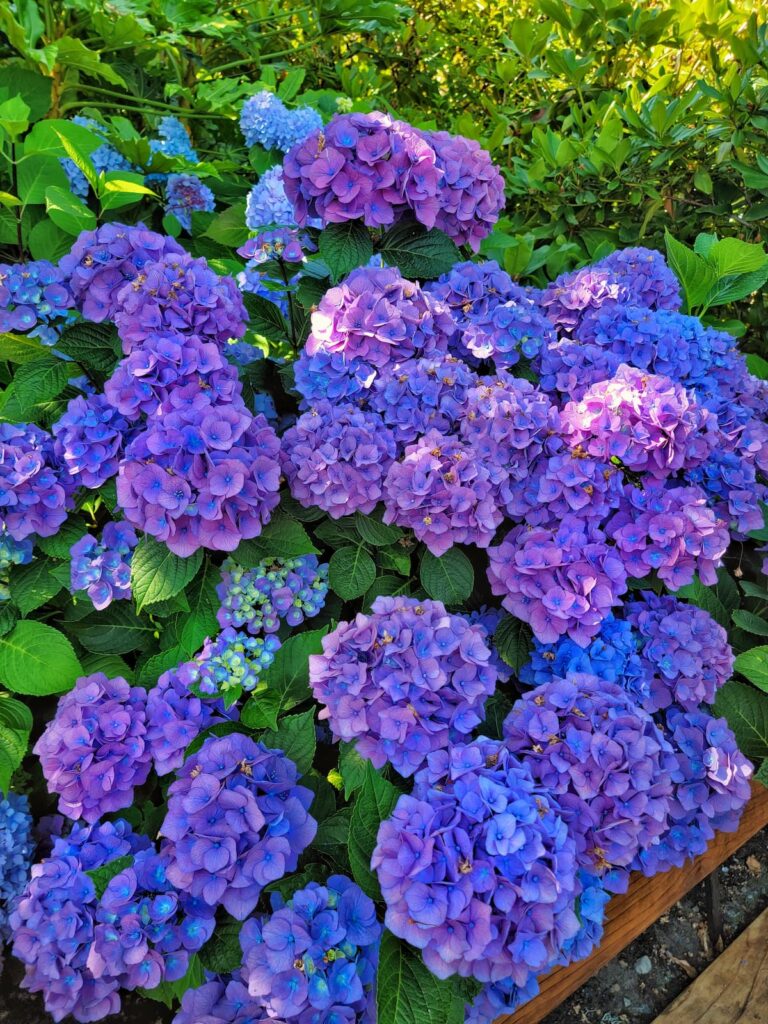
As an Amazon affiliate, I earn from qualifying purchases at no extra cost to you. My blog contains other affiliate links for your convenience as well. Click here to read my privacy policy.
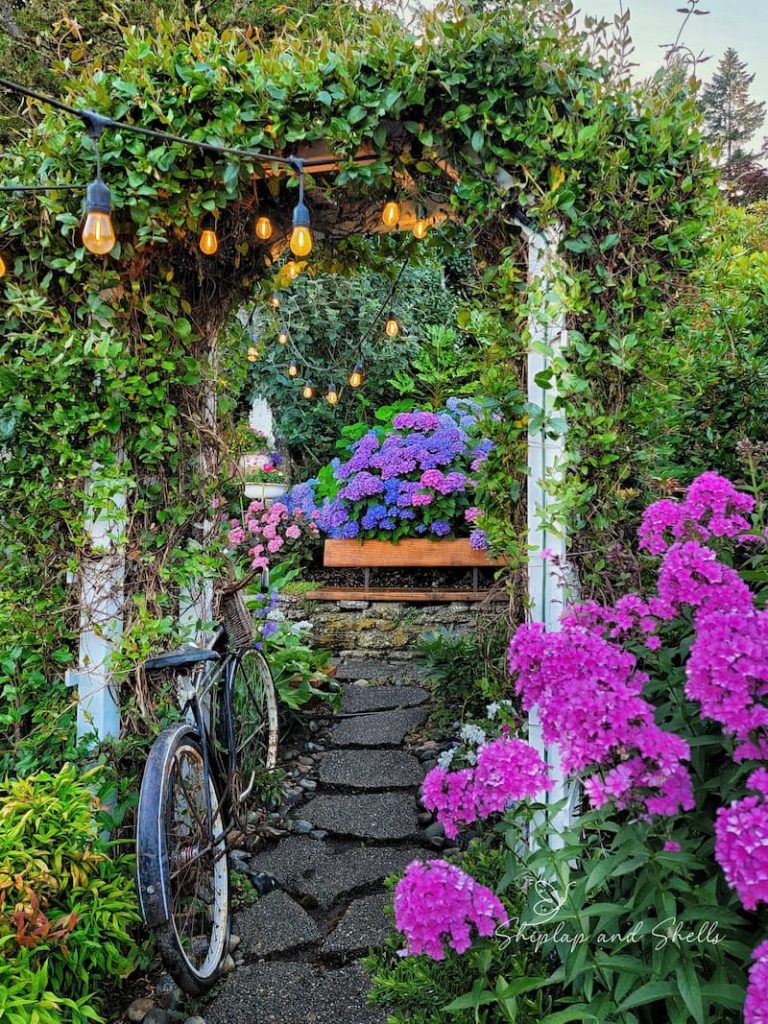
What Are Hydrangeas?
Hydrangeas are deciduous shrubs or climbers that belong to the Hydrangeaceae family. They are native to Asia and the Americas, and their most stunning feature is their large, showy flower clusters, which come in a variety of colors, including shades of pink, blue, white, and even deep purple.
While some hydrangeas prefer full sun, others thrive in partial shade, making them adaptable to various garden settings.
With their beautiful blooms, relatively low maintenance requirements, and ability to thrive in different climates, hydrangeas are an excellent choice for both beginner and experienced gardeners.
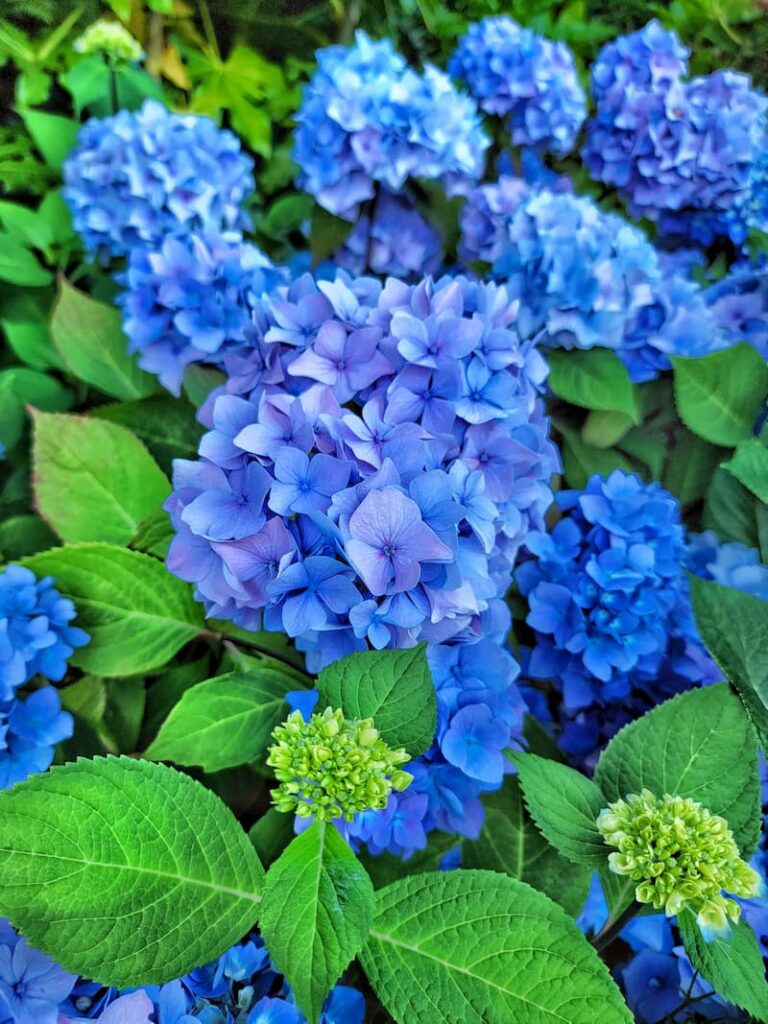
Types of Hydrangeas
There are several types of hydrangeas, each with its unique characteristics. The following are the most common varieties.
Bigleaf Hydrangeas (Hydrangea Macrophylla)
Known for their large, rounded flower heads, bigleaf hydrangeas are divided into two main types based on their flower forms: mophead hydrangeas and lace cap hydrangeas.
The Endless Summer® series of hydrangeas are a popular variety known for their ability to bloom on both old and new wood, extending the blooming season.
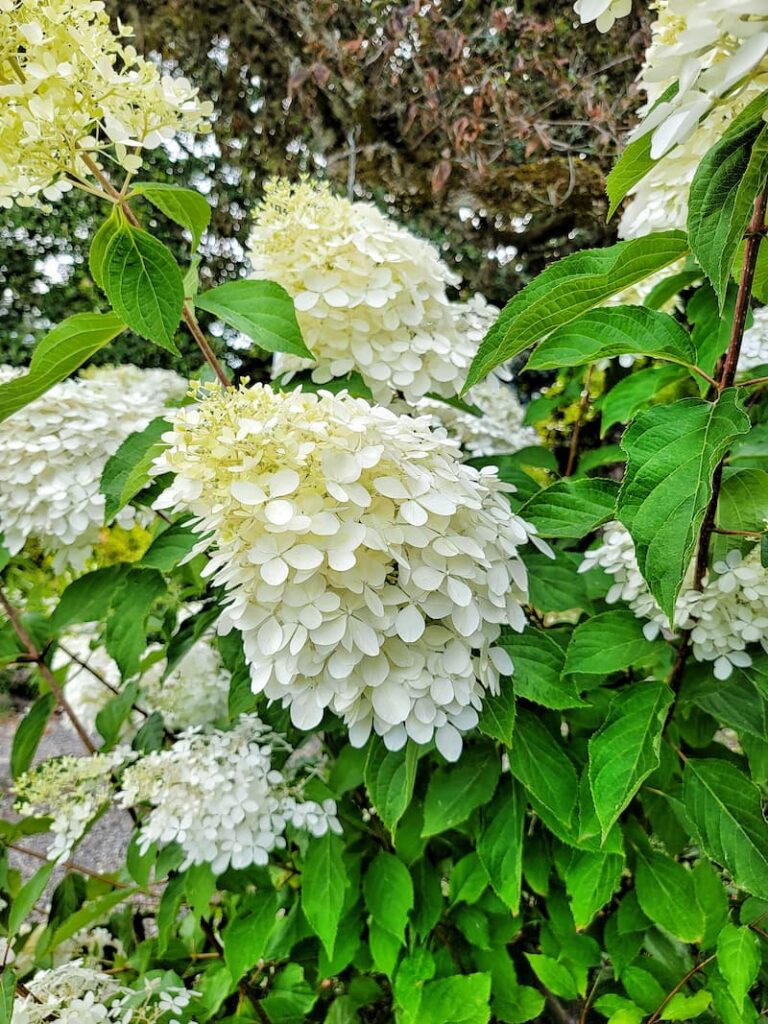
Panicle Hydrangeas (Hydrangea Paniculata)
The group of hydrangeas known for their cone-shaped flower clusters is Panicle hydrangeas.
Limelight hydrangeas are in this category and are known for their gorgeous lime-green flowers that turn to creamy white and last through early fall.
Vanilla Strawberry hydrangeas produce large flower heads that start creamy white, transitioning to blush pink, and finally to rich strawberry-red tones.
Smooth Hydrangeas (Hydrangea Arborescens)
Generally known for their reliable blooming, smooth hydrangeas are a wonderful addition to any garden. They adapt well to different climates and tolerate a range of soil conditions.
Annabelle hydrangea is one of the most popular smooth hydrangea varieties. It features large, rounded flower clusters with numerous small white or greenish-white flowers.
Oakleaf Hydrangeas (Hydrangea Quercicolia)
A beautiful group of hydrangeas known for their unique foliage resembling the shape of oak leaves is called Oakleaf hydrangeas. They are native to the southeastern United States and grow coned-shaped flower clusters.
A popular oakleaf variety is Snow Queen with elongated flower clusters that start off white and gradually age to a soft pink. The foliage turns a rich burgundy color in the fall adding even more interest to this plant.
Climbing Hydrangeas (Hydrangea Anomala subsp. petiolaris)
This beautiful and unique type of hydrangea is known for its ability to cling and climb on vertical surfaces such as walls, fences, and trellises.
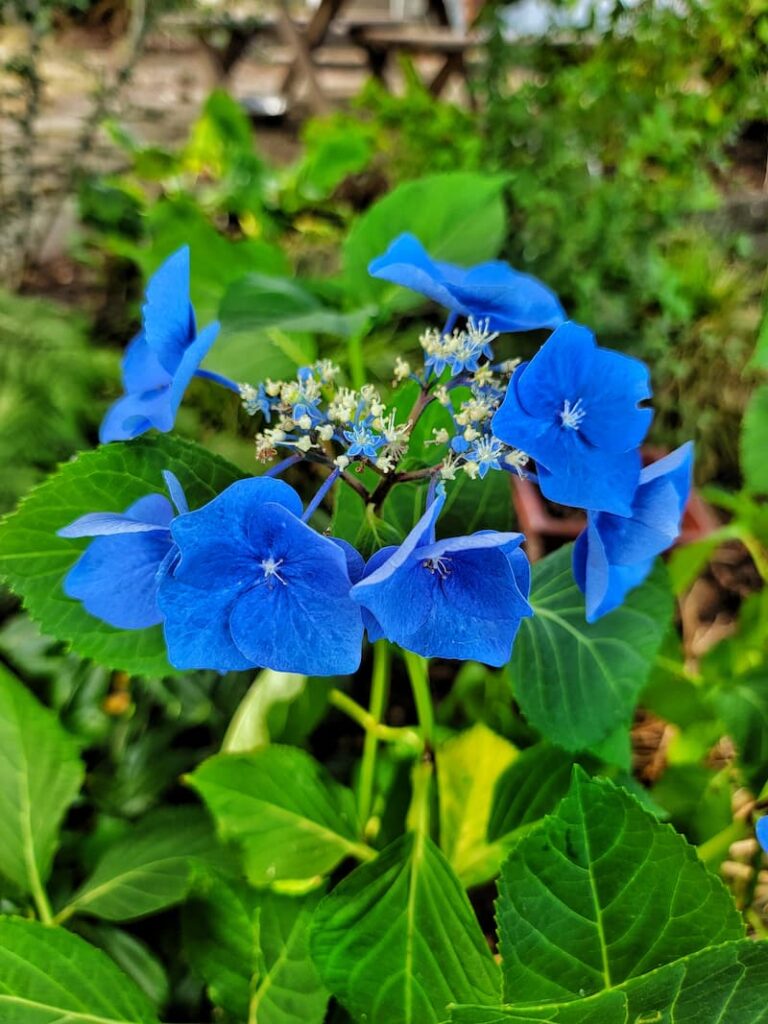
Are Hydrangeas Annual or Perennial?
Hydrangeas are perennial plants, which means they can live for many years with proper care and maintenance.
Unlike annual plants that complete their life cycle within a year, hydrangeas have the potential to grow and bloom year after year, making them a valuable addition to your garden.
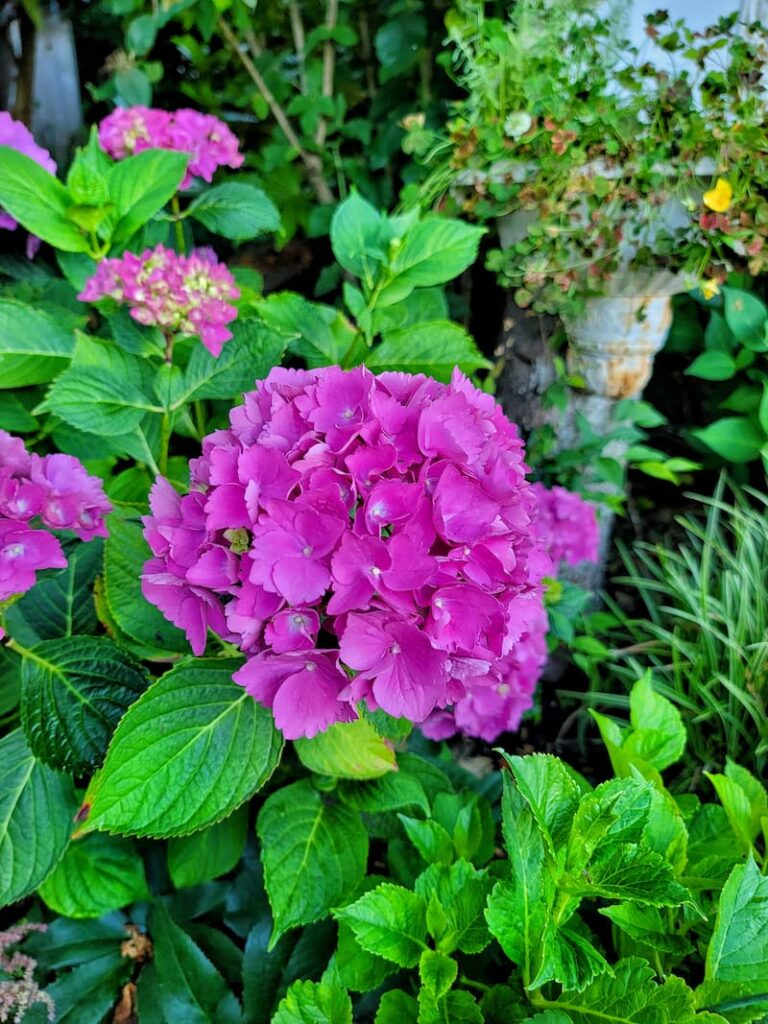
What Do You Need for Growing Hydrangeas?
To successfully grow hydrangeas, you will need the following essentials:
Gardening Tools and Supplies
How Big Do Hydrangeas Get?
The size of hydrangeas varies depending on the variety. Some varieties reach a height of about two to 3 feet, while others can grow up to six feet or more.
It’s important to choose the right hydrangea variety that suits the available space in your garden.
Do Hydrangeas Like Sun or Shade?
The sun and shade requirements of hydrangeas depend on the specific type. While some hydrangeas thrive in full sun, others prefer partial shade. It’s essential to choose the appropriate location for your hydrangeas based on their sunlight needs for optimal growth and blooming.
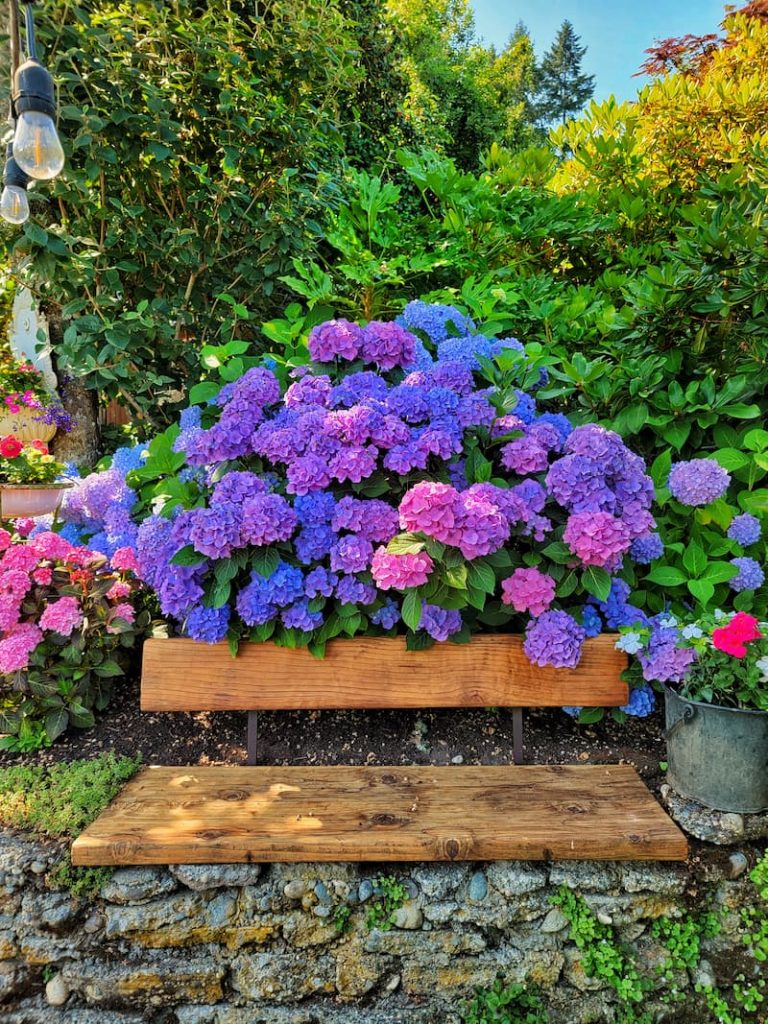
How to Plant Hydrangeas Outside
Before planting hydrangeas, preparing the soil and choosing the right planting location is essential. Here’s a step-by-step guide for planting hydrangeas outside.
Preparing for Planting
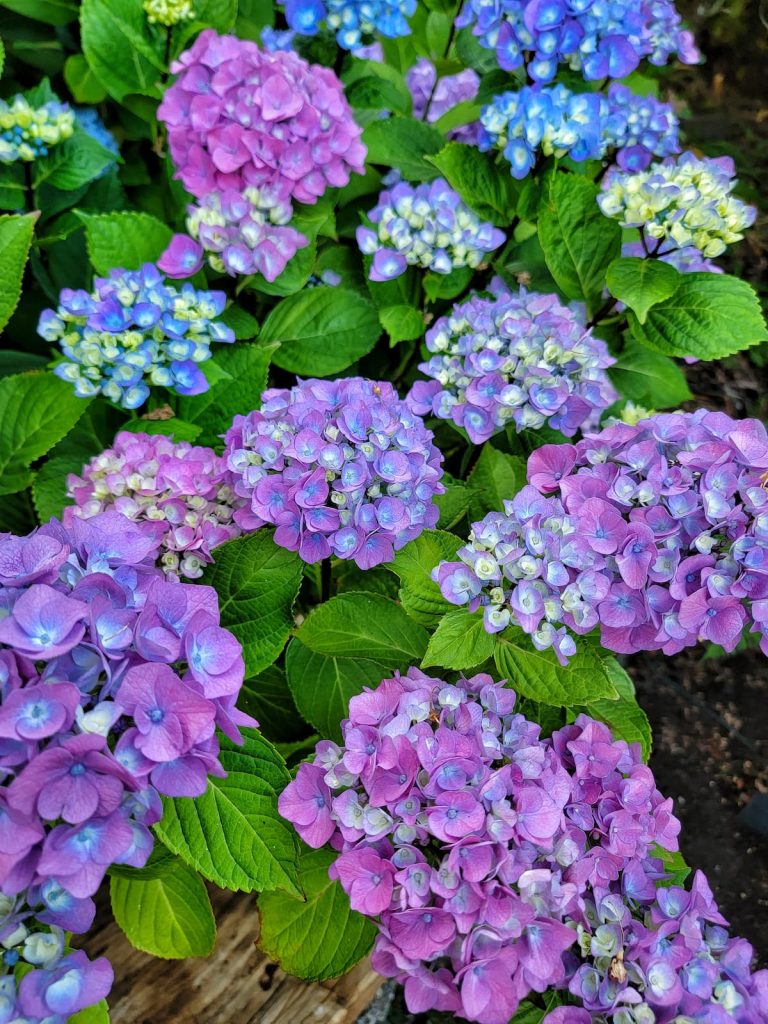
Best Place to Plant Hydrangeas
Planting Hydrangeas in the Ground
Planting Hydrangeas in Pots
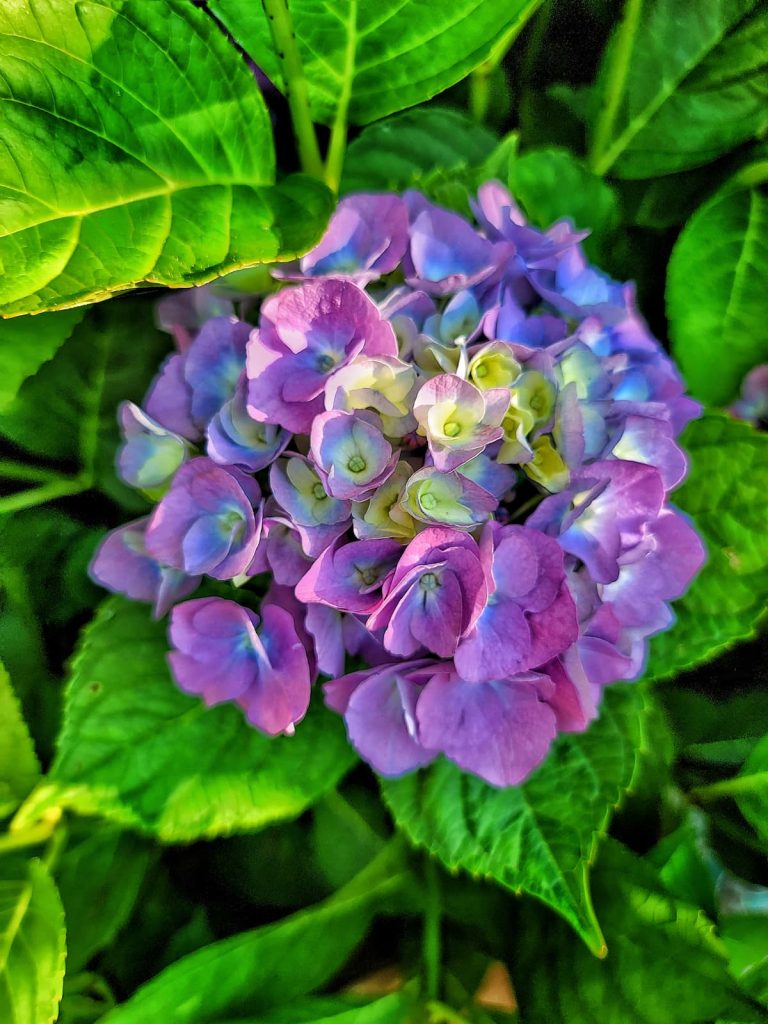
What Time of Year Do You Plant Hydrangeas?
The best time to plant hydrangeas depends on the climate and the specific variety you’re growing. Here’s a breakdown of the ideal times to plant hydrangeas.
Planting Hydrangeas in Spring
Early spring is generally a good time for planting hydrangeas, allowing them to establish their root systems before the hot summer months. This is the best time to plant new hydrangeas and transplant existing ones.
Planting Hydrangeas in Summer
If you live in an area with milder summers, planting hydrangeas during early summer can still be successful. Make sure they receive sufficient water and provide some afternoon shade to protect them from excessive heat.
Planting Hydrangeas in Fall
Fall is an excellent time to plant hydrangeas, especially in areas with mild climates. The cooler temperatures and increased rainfall during the season will help the roots establish before winter.
Planting Hydrangeas in Winter
It’s generally not recommended to plant hydrangeas in winter, especially in regions with freezing temperatures. It’s best to wait until spring when the conditions are more favorable.
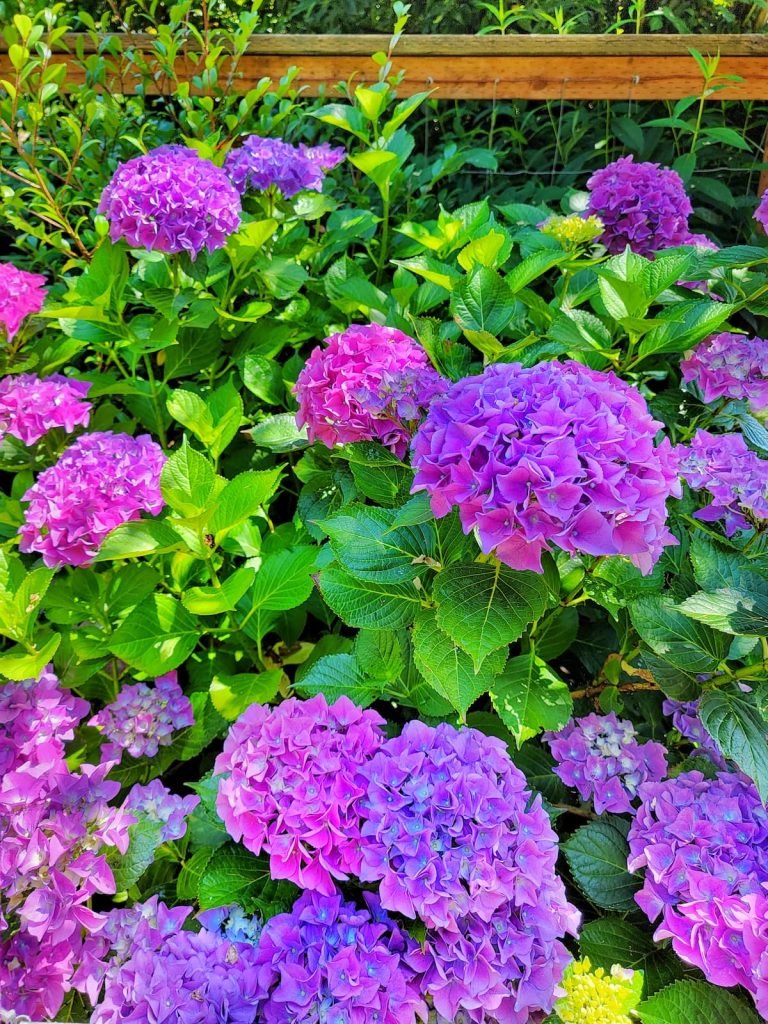
Hydrangeas Care and Maintenance
Now you’ve planted your hydrangeas, it’s time to learn more about how to grow and care for them properly. Here are some key aspects to consider.
Understanding Soil pH and Color of the Blooms
The color of hydrangeas blooms can be influenced by soil pH. Acidic soil tends to produce blue flowers, while alkaline soil produces pink flowers. Adjusting the soil pH can change the color. Conduct a soil test and amend the soil accordingly to achieve the bloom color you want.
Sun and Shade Requirements
Hydrangeas have varying sun and shade preferences. While some varieties thrive in full sun, others prefer partial shade. Be aware of the specific sunlight requirements of your hydrangea type and choose an appropriate planting location.
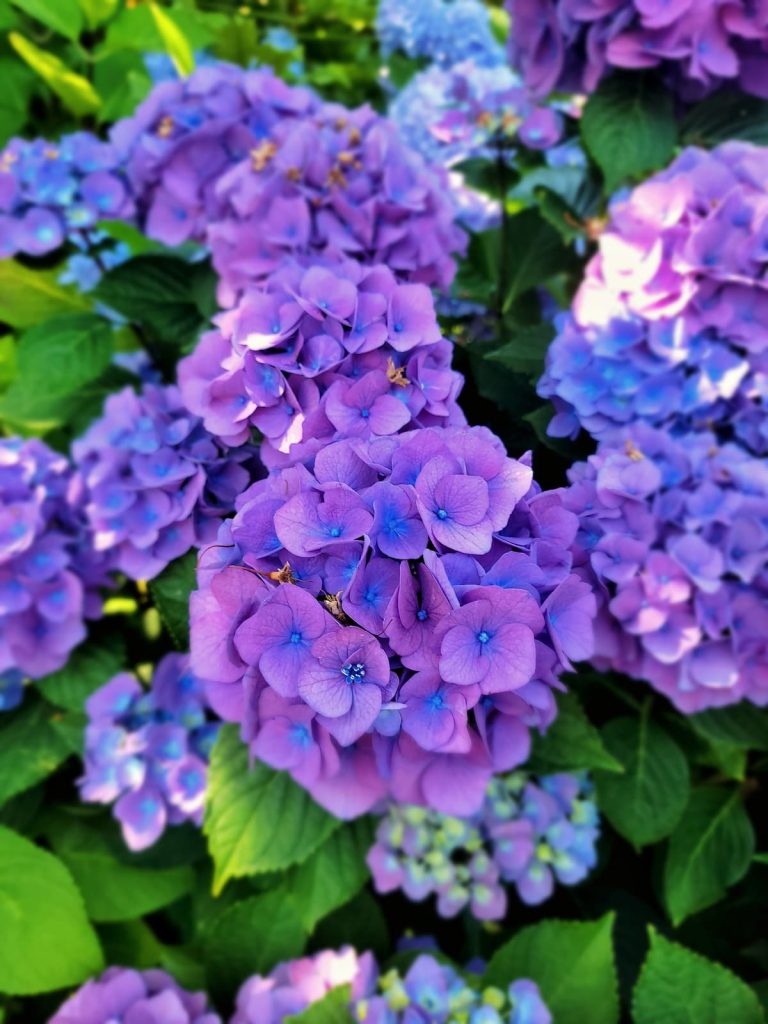
Mulching and Moisture
Apply a layer of organic mulch around the base of hydrangea plants to help conserve moisture, suppress weed growth, and maintain consistent soil temperature.
Hydrangeas prefer well-drained soil that retains moisture but doesn’t become waterlogged.
Pruning Dead Wood
Regular pruning is essential for hydrangeas, especially to remove dead or damaged wood. Dead wood can be pruned at any time of the year while shaping and rejuvenation pruning are typically done in early spring before new growth emerges.
Preventing Fungal Diseases
Proper care and maintenance can help prevent common fungal diseases that affect hydrangeas. Ensure good air circulation around the plants, avoid overhead watering, and remove any infected or fallen leaves promptly.
How Often to Water Hydrangeas
Hydrangeas need regular watering, especially during the growing season. Water deeply, ensuring the soil remains consistently moist but not waterlogged.
Mulching around the base of the plant helps retain moisture and suppress weed growth.
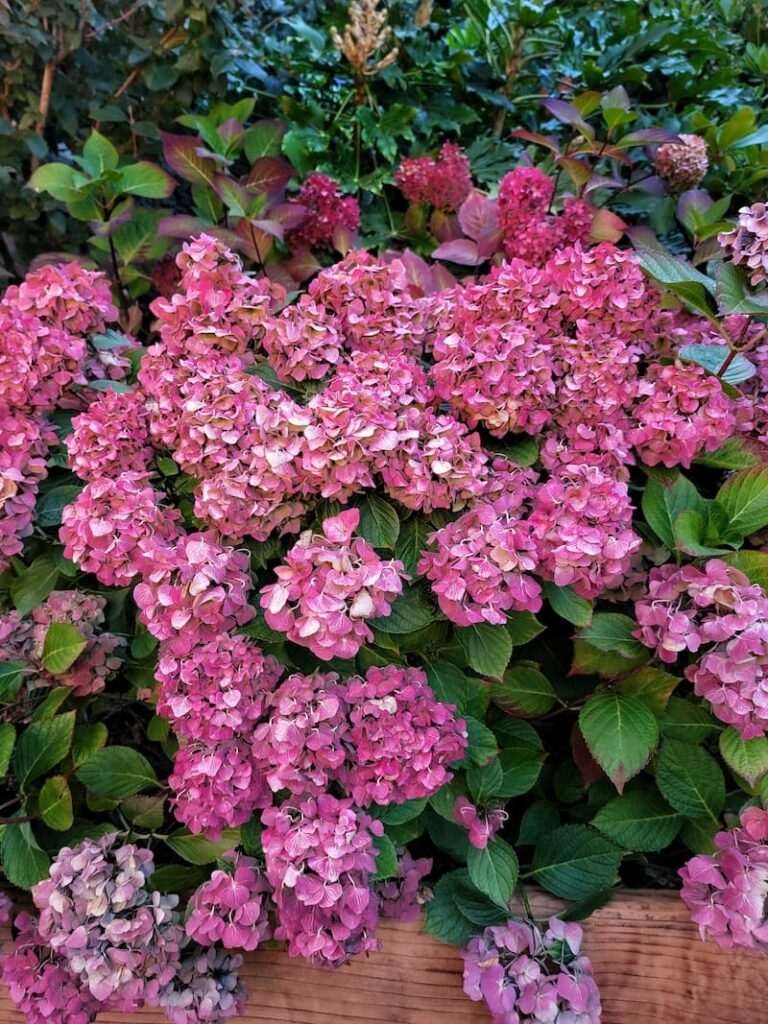
Hydrangea Care Tips In Each Season
Hydrangea Maintenance Spring and Summer
Monitor soil moisture and water if needed. Apply a balanced fertilizer formulated for hydrangeas in early spring. Prune selectively, removing any dead or damaged wood.
Hydrangea Maintenance Fall
Continue watering if needed. Apply a layer of mulch around the base of the plant to protect the roots during winter. Late fall is also a good time to clean up any dead wood or debris.
Hydrangea Maintenance Winter
In regions with freezing temperatures, protect the hydrangeas by covering them with burlap or providing a protective barrier against frost.
Avoid pruning during this time, as it can stimulate new growth that may be susceptible to winter damage.
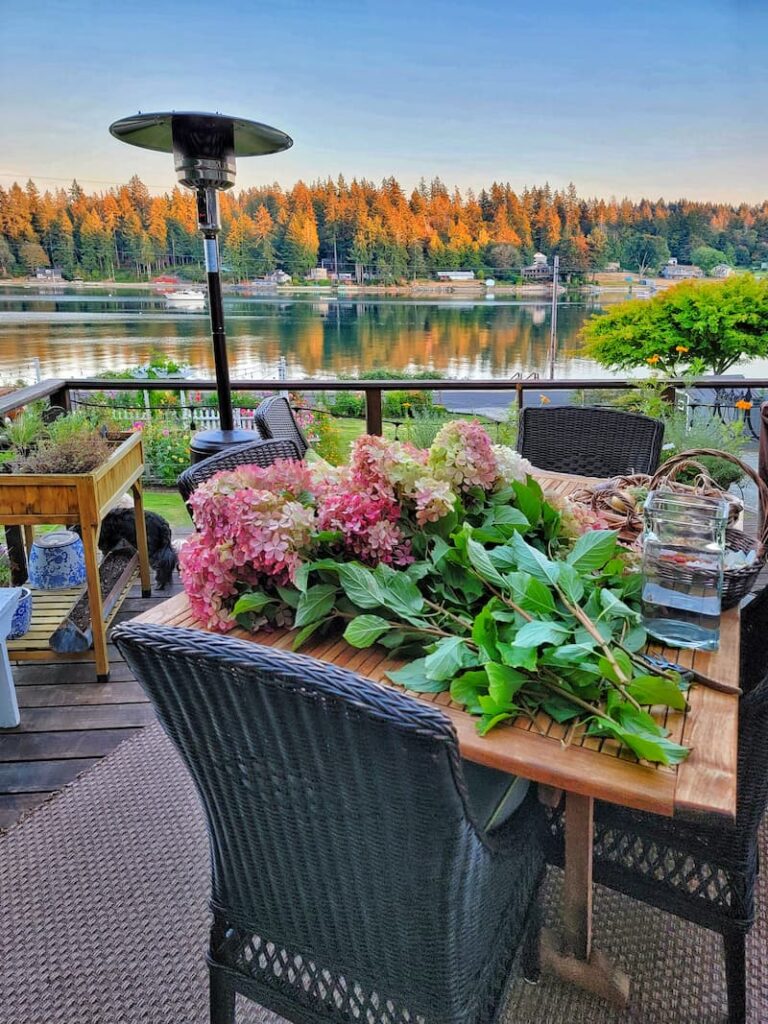
Preserving the Beauty of Hydrangea Blooms
Harvesting Hydrangeas
Here are some tips when harvesting your hydrangea blooms.
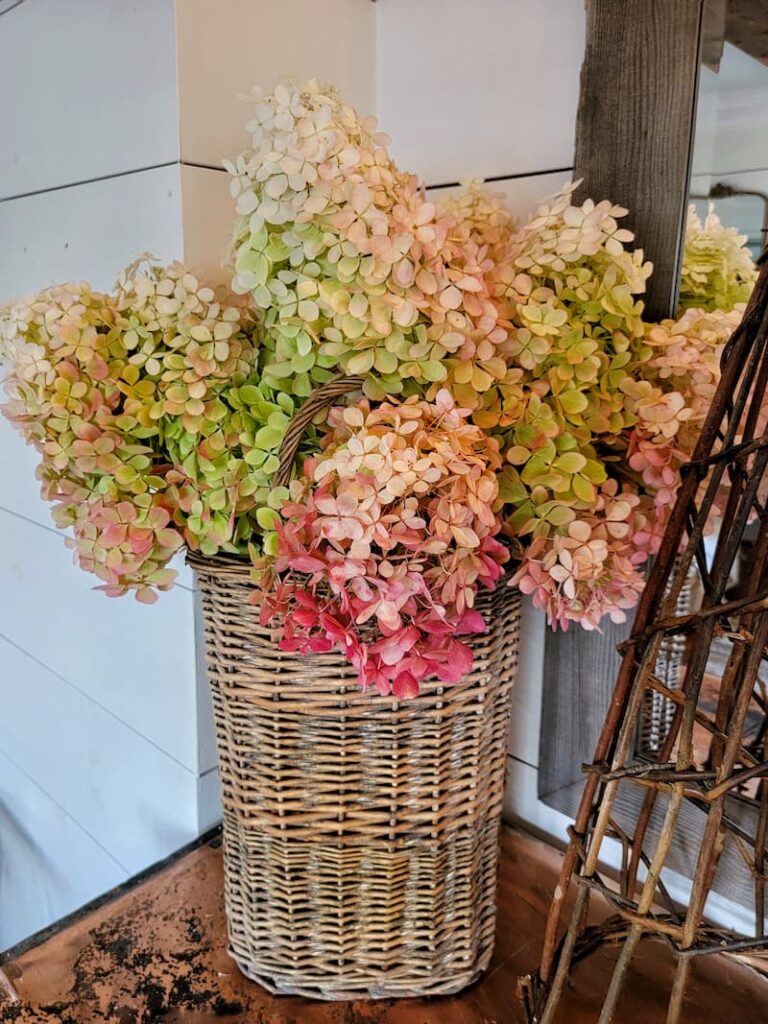
Drying Hydrangeas
Drying hydrangeas is a perfect way to preserve the blooms in your home well through the autumn season.
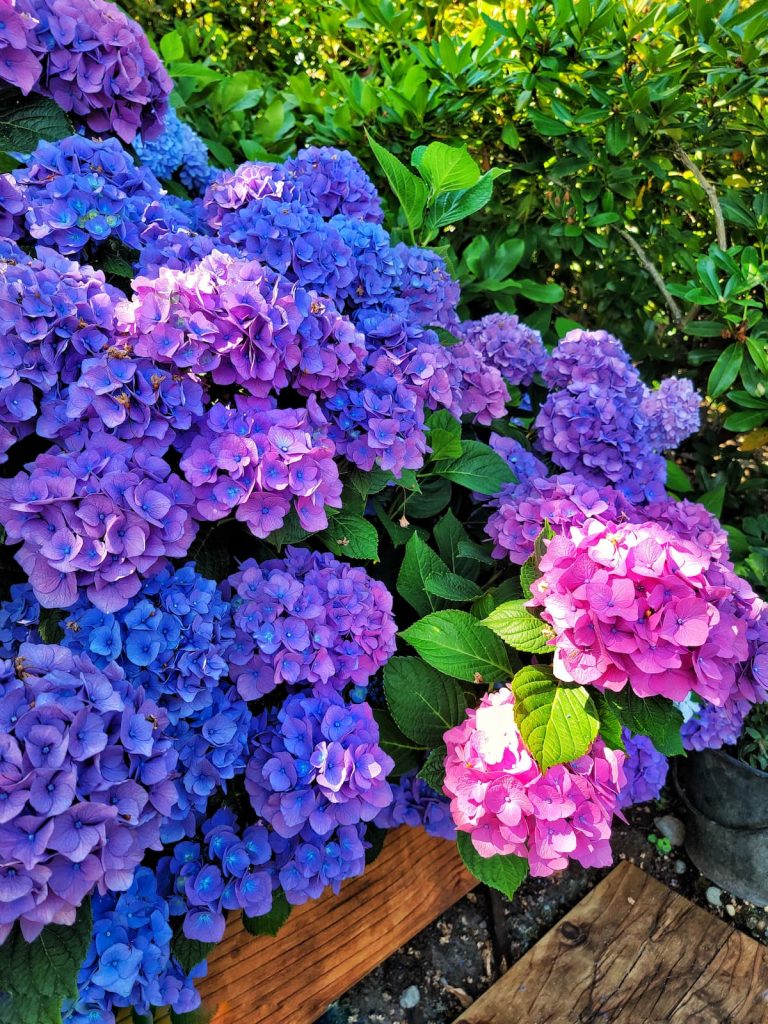
Other Tips for Growing and Caring for Hydrangeas
Here are a few additional tips to help you grow and care for hydrangeas.
When Should Hydrangeas Be Cut Back?
Hydrangeas should be cut back at specific times depending on their blooming habits and the type of hydrangea you’re growing. Here are general guidelines for when to cut back hydrangeas.
It’s important to note that some hydrangeas, such as the Endless Summer hydrangeas, can bloom on both old and new wood. With these varieties, you can choose to prune them immediately after they finish blooming or wait until late winter or early spring for a rejuvenation prune.
When pruning hydrangeas, remove dead or damaged wood, thin out overcrowded branches, and shape the plant. Be careful not to remove too much healthy wood, as it may affect the plant’s blooming potential.
Always refer to the specific care instructions for the type of hydrangea you have, as different varieties may have specific pruning requirements. Following the blooming pattern and timing your pruning accordingly will help ensure that your hydrangeas produce abundant and beautiful blooms each year.
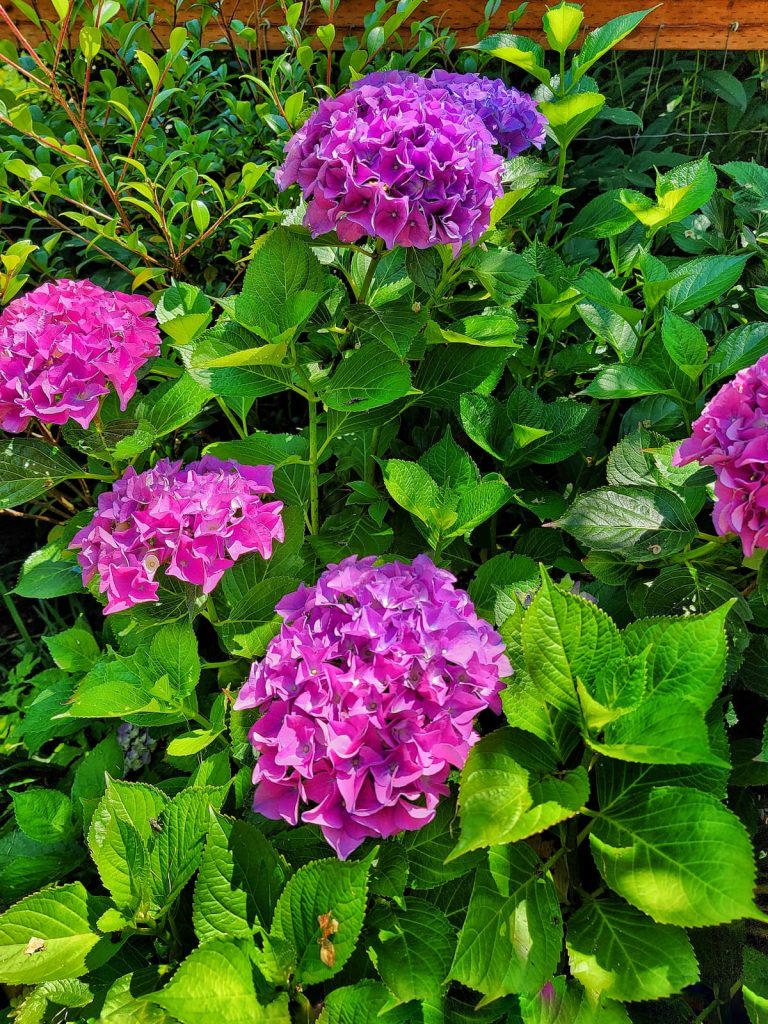
Should you Deadhead Hydrangeas?
Deadheading hydrangeas is not necessary for all varieties, but it can be beneficial for some. The term deadheading refers to the removal of faded or spent flowers from plants. Here are some tips on whether you should deadhead your hydrangeas or not.
Hydrangeas that Bloom on Old Wood
If you have hydrangeas that bloom on old wood, such as the big leaf or mop head hydrangea, deadheading is generally not recommended.
These varieties produce flower buds on the previous year’s growth, and leaving the faded flowers on the plant can provide some winter protection for the developing buds.
You can choose to remove the dead flowers for aesthetic purposes, but it’s not necessary for the health or blooming of the plant
Hydrangeas that Bloom on New Wood
If you grow hydrangeas that bloom on new wood, such as panicle or smooth hydrangeas, deadheading can encourage further blooming.
Removing the faded flowers can redirect the plant’s energy toward producing new growth and flowers. However, if you enjoy the dried flower heads for winter interest, you can leave them on the plant until spring before pruning.
Endless Summer Hydrangeas
The popular variety, Endless Summer hydrangea, which blooms on both old and new wood, can be deadheaded selectively.
Remove the faded flowers once they start to fade, but avoid cutting back any stems that have not flowered yet, as they may produce blooms later in the season or the following year.
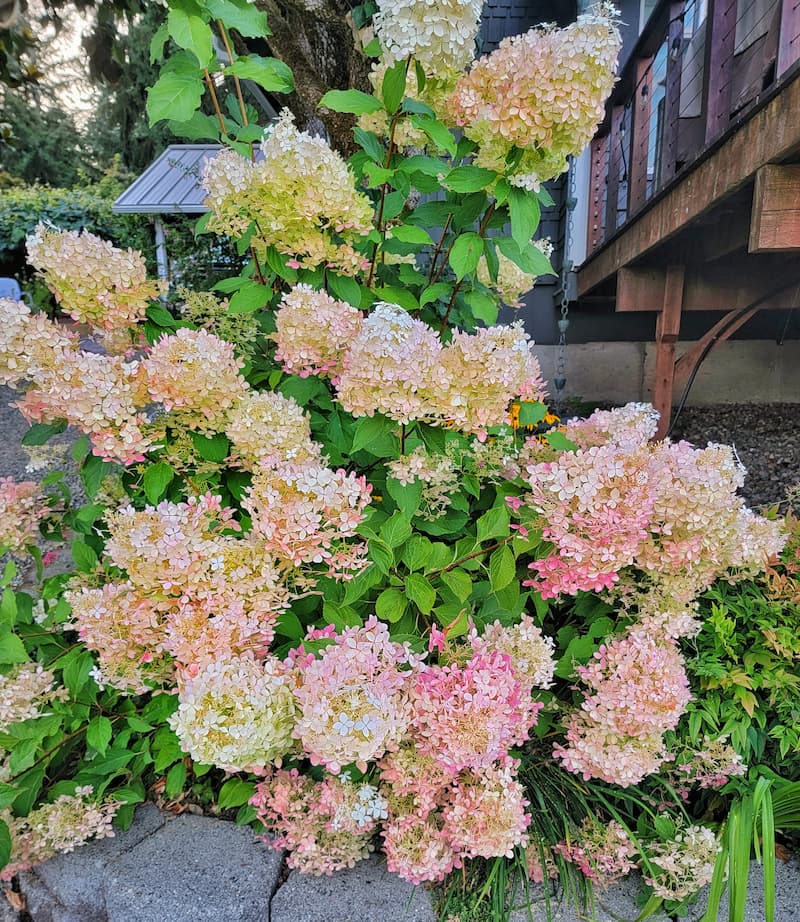
Do I Need to Winterize Hydrangeas?
Winterizing hydrangeas is important, especially in regions with colder climates where temperatures drop below freezing. Proper winterization helps protect the plants from harsh conditions and ensures their survival. Here are some ideas on how to winterize hydrangeas.

What is the Best Fertilizer for Hydrangeas?
When selecting a fertilizer for hydrangeas, it’s important to consider the soil pH and the specific needs of the hydrangea variety you’re growing. Here are some options to consider.
It’s always beneficial to conduct a soil test to determine the nutrient needs and pH level of your specific soil. This will help guide you in selecting the most appropriate fertilizer and making any necessary soil amendments for optimal hydrangea growth.
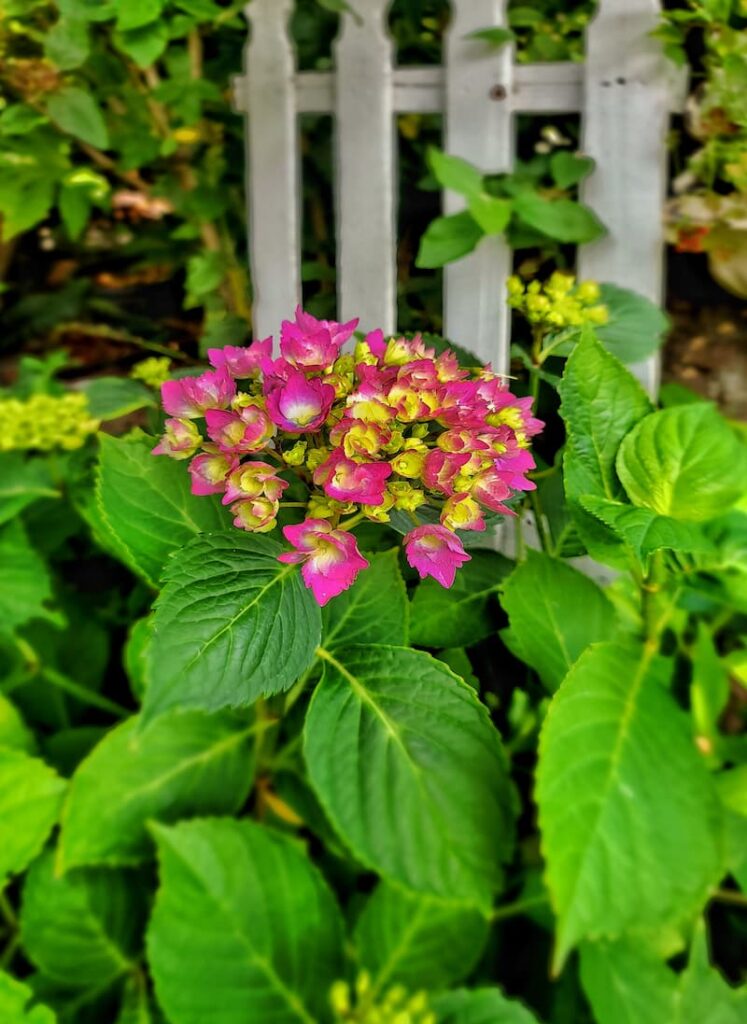
What is the Lifespan of a Hydrangea Plant?
The lifespan of garden hydrangeas can vary depending on several factors, including the specific variety, growing conditions, and care provided.
Hydrangeas are perennial plants, meaning they can live for several years or even decades. Some Bigleaf or Mophead hydrangeas have an average lifespan of 10-20 years with proper care.
Proper watering, fertilizing, pruning, and protection from pests and diseases are all crucial for the long-term health and lifespan of hydrangeas.
The climate and hardiness zone where hydrangeas are grown can also impact their lifespan. Ensuring that the variety you choose is well-suited to your specific climate is important for the plant’s longevity.
Why is My Hydrangea Wilting?
Hydrangeas can wilt for several reasons, and understanding the underlying causes is important for addressing and resolving the issue. Here are some common reasons why hydrangeas may wilt.

By following these tips and guidelines, you’ll be well on your way to successfully growing and caring for hydrangeas. With their stunning flowers and versatility in the garden, hydrangeas are sure to bring beauty to your outdoor space.
If you have any questions or additional suggestions, please share them in the comments below. And be sure to share this blog post link with anyone who may find these gardening tips useful.
Until next time,
Happy Gardening!

I’m a self-taught hobby gardener. Everything I share on my blog is my opinion and what has worked for me.
Follow Me for More Inspiration
Shop my Amazon Storefront, LTK sources, and my favorite home decor, garden, and lifestyle products. When you purchase from one of my links, I earn a small commission, which helps me continue sharing all the content you expect on my blog.
Be sure to follow me on Pinterest, Instagram, Facebook, TikTok and LIKEtoKNOW.it. Do you like gardening? Join my Facebook Gardening Tips & Tricks group.

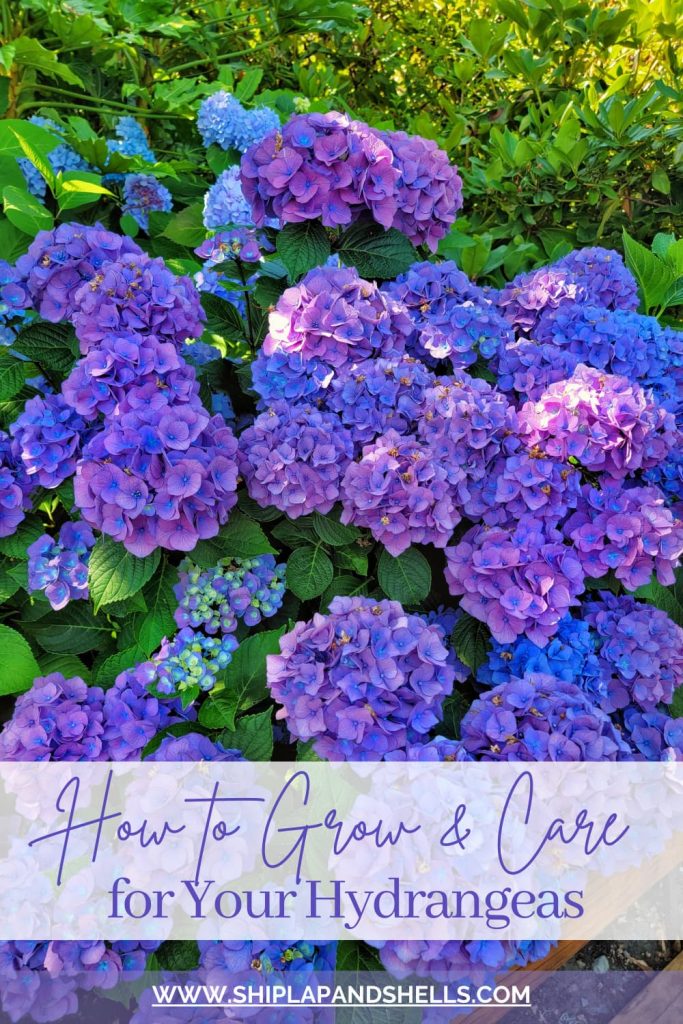


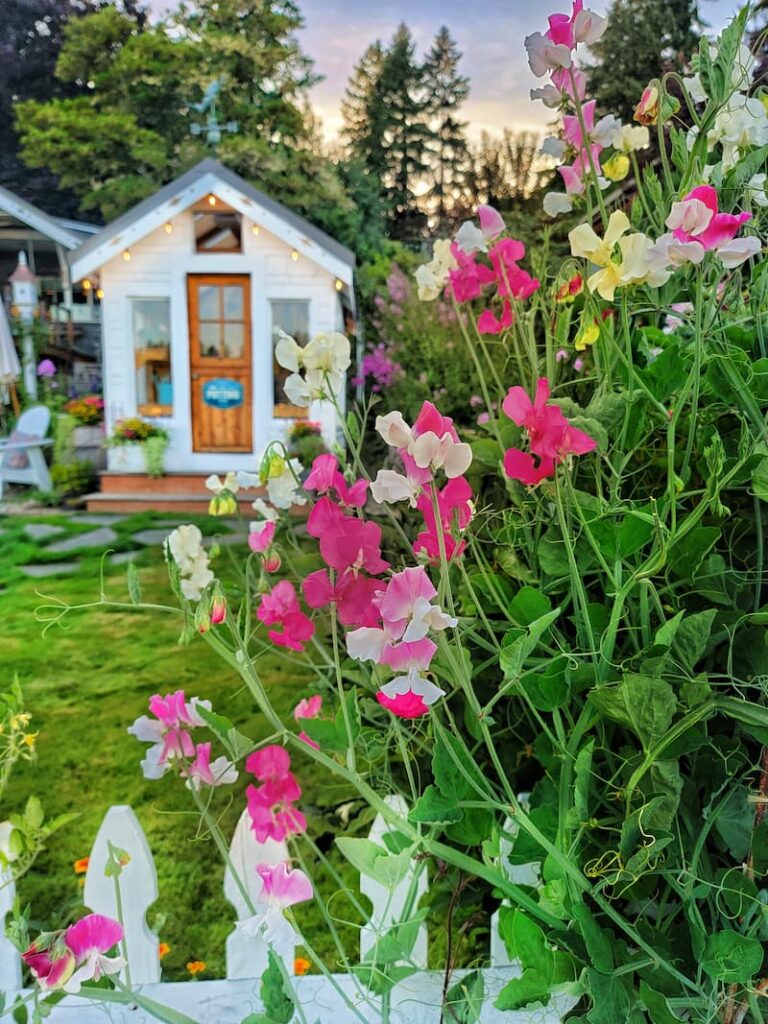
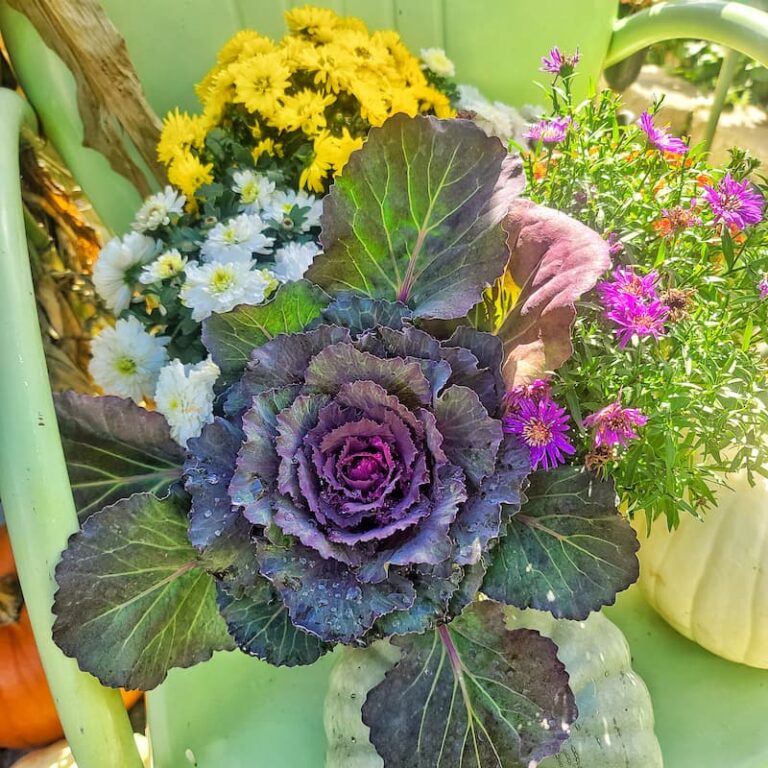
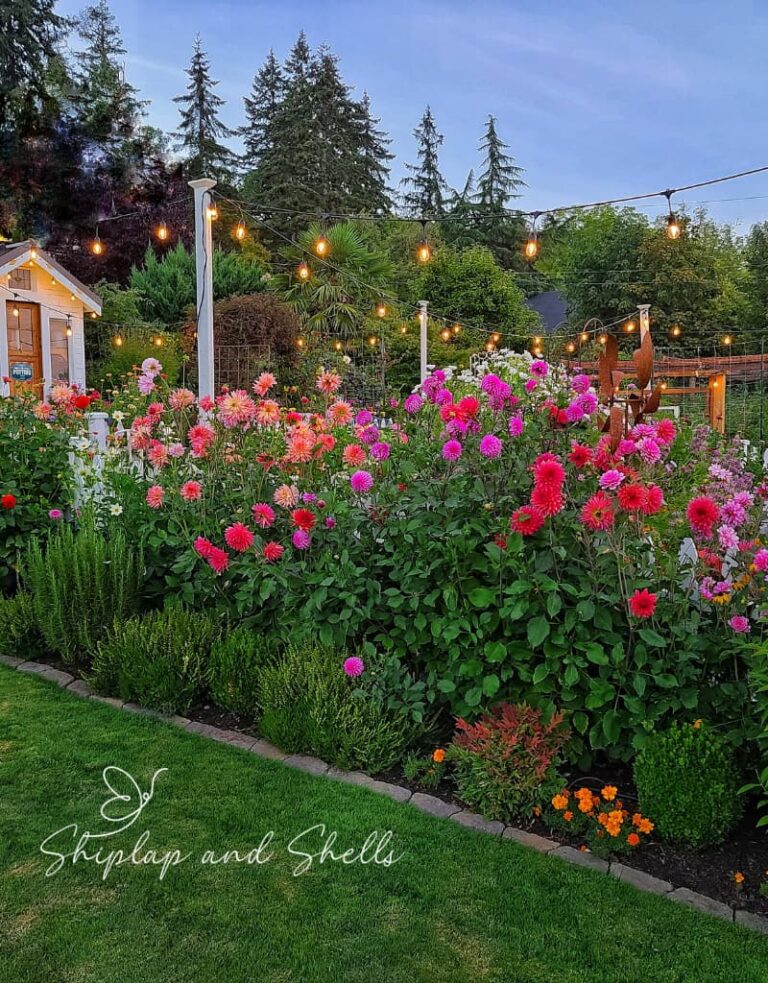
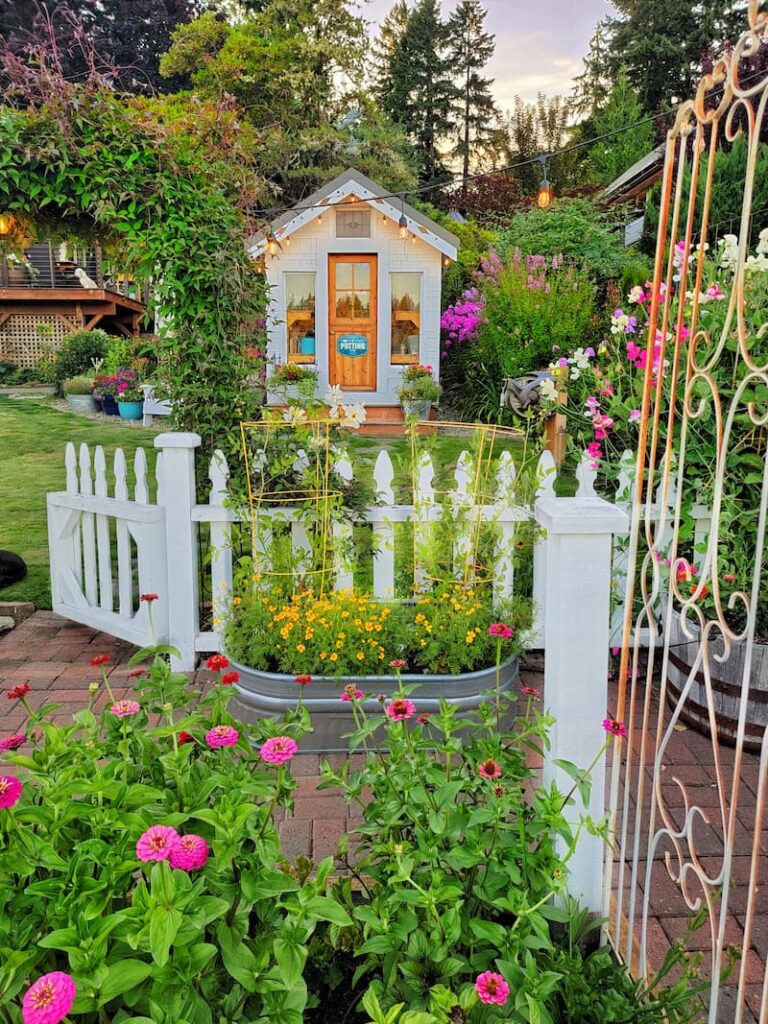
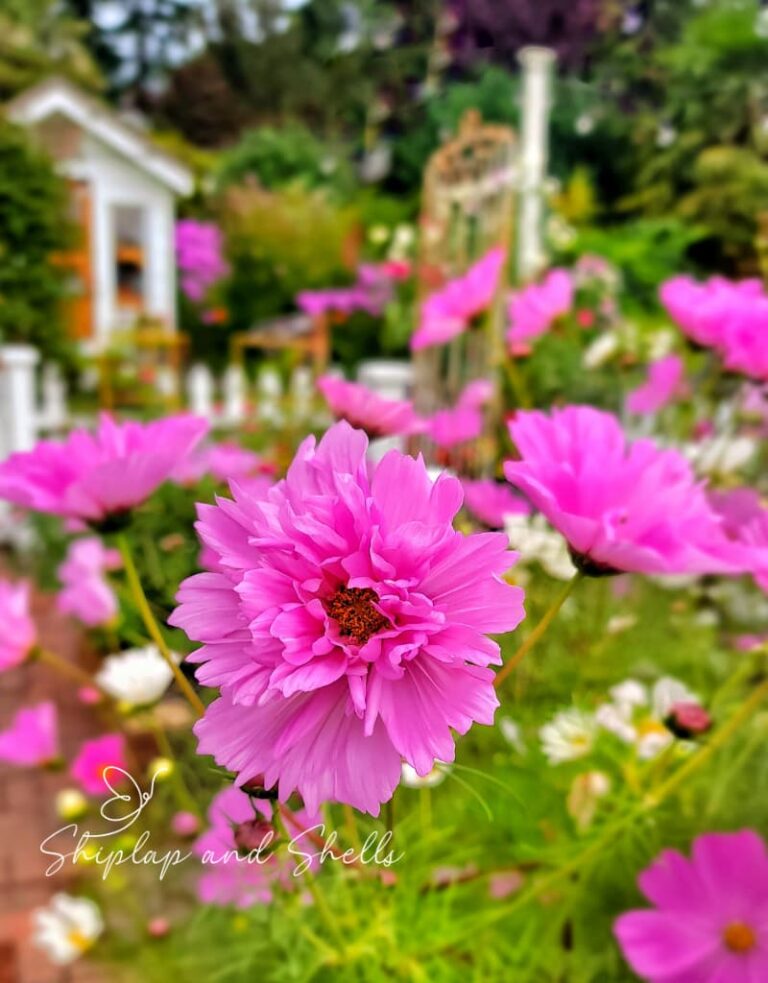
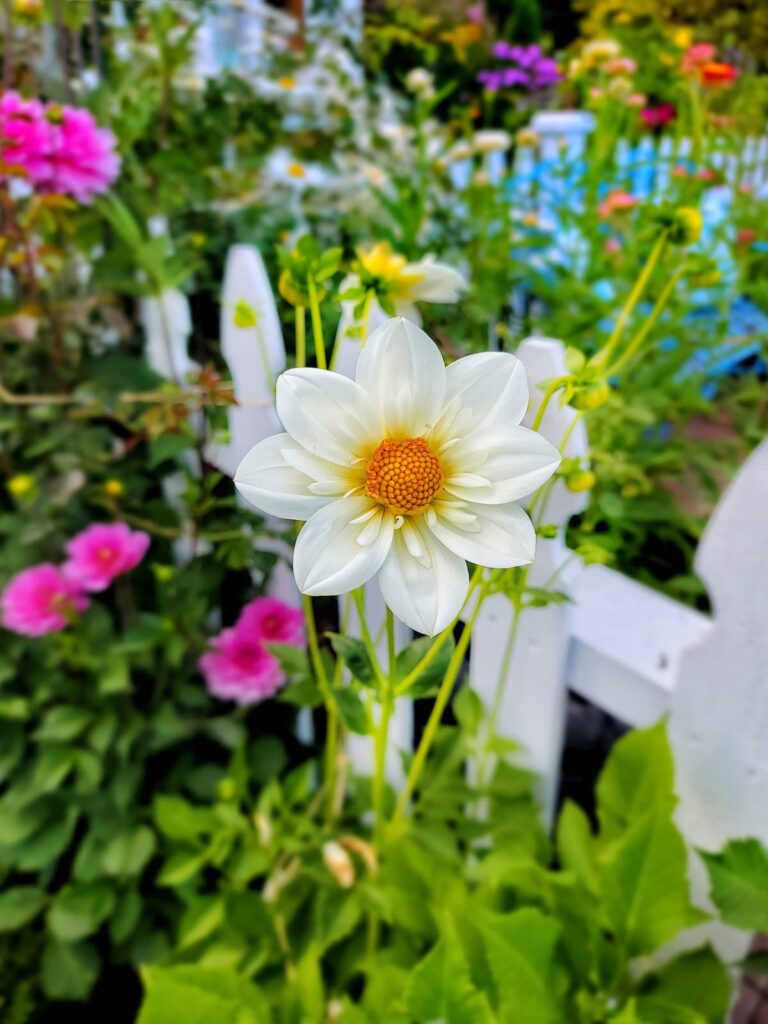
what causes the blossoms to turn brown and dry in the middle of summer. I have several varieties of mope heads in large pots and the leaves are turning yellow. I water 3 or 4 times per week and I fertilized with rose fertilizer. they were all picture perfect at the beginning of summer but now seems to be drying up.
Well, this is so helpful! I purchased two Annebelle hydrangeas and one Nantucket Blue, just this week! Your gardens are always so beautiful and I’m hopefully that my hydrangeas will do well thanks to your tips! Have a blessed week, my friend!